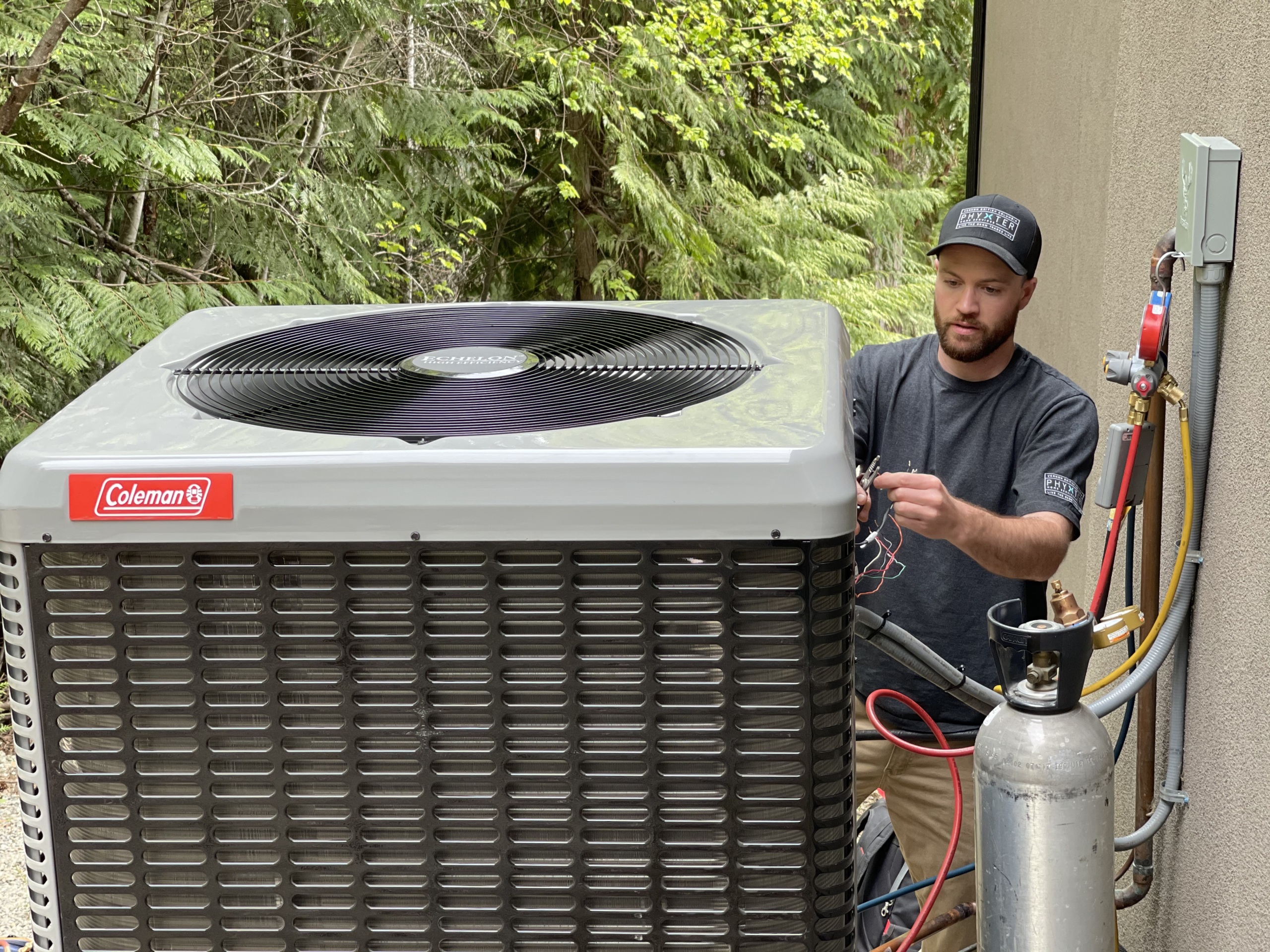Efforts to boost energy efficiency during the COVID-19 pandemic: Part 3
Federal initiatives to reduce energy waste

Our energy conservation and efficiency intern Olivia LaRoche writes about potential federal efforts to boost efficiency and save energy across the country.
From an increased use of outdoor heaters to a rise in reliance on single-use plastic bags in supermarkets, our reaction to COVID-19 is doing substantial damage to energy efficiency in our country. While I’ve highlighted uplifting energy efficiency initiatives across the country over the last few weeks — from local efforts to state programs — and I now turn to federal policy, which has presented a less-that-rosy picture.
The United States has faced four years of clean energy and efficiency rollbacks at the federal level. During the final days of the Trump administration, we saw a Department of Energy (DOE) rule that would keep inefficient, cost-raising and greenhouse gas-emitting heating appliances on the market.
Actions like this, coupled with the energy-wasting practices created by our COVID-19 lifestyles, mean that it is critical that the Biden administration take quick and effective action on boosting federal energy efficiency policy. We can look to President Joe Biden’s campaign promises and early presidential action as beacons of hope for the future of energy savings in our country.
Energy efficiency in Biden’s first executive order
On his first day in office, the president released his Executive Order on Protecting Public Health and the Environment and Restoring Science to Tackle the Climate Crisis. It featured key plans for improving energy efficiency in America. These included reviewing efficiency standards for consumer products and industrial equipment as well as addressing building energy efficiency improvements laid out in the 2018 International Energy Conservation Code. While nothing has been put in place yet, this is just an initial glimpse at some actions we may see over the next few years.
Goals for financing energy efficiency
In his clean energy campaign plan, Biden also laid out his plans to invest in energy efficiency as well as in clean energy, renewables and electrical systems. With these developments, the U.S. has the potential to electrify transportation and distribute energy efficient infrastructure across the country.
One of the most successful federal programs, which could be used to deliver on Biden’s clean energy goals, is a suite of federal tax incentives that include energy efficiency. Extending and updating existing credits for efficiency will be critical to achieving Biden’s vision of carbon-free electricity generation by 2035.
Goals for increasing building efficiency
Another important part of a clean energy future: Direct cash rebates and low-cost financing to aid and incentivize American families to electrify and improve the efficiency of their home appliances. The rebates should include window upgrades and weatherization programs, which would be extended to more than 2 million homes during President Biden’s term. These upgrades would allow families to reduce their energy consumption and costs.
His plan also includes the goal of establishing building performance standards and allocating funds for cities that adopt better building codes. This would result in a major reduction in residential pollution nationwide and a victory for the environment and the health of our citizens.
Finally, to address the U.S.’s affordable housing crisis, President Biden plans to build 1.5 million energy efficient homes and public housing units. Prioritizing energy savings in these buildings is cost-effective for families and essential for setting a national precedent of energy conservation in construction projects.
Modernizing schools
In addition, President Biden’s Build Back Better commitment includes sustainable and energy efficient upgrades to our nation’s schools. The plan features funding for climate resilient campuses and energy efficient technology along with infrastructure for cleaner air and lowered greenhouse gas emissions. The significance of creating learning facilities that are mindful of energy use cannot be overstated. Educational institutions, as pillars of our society, should reflect the technology of the future. As such, these proposed upgrades would have immediate and lasting importance to our national energy efficiency.
President Biden must not wait. We have to protect the health and safety of our environment and our fellow Americans, and now is the time to act to increase emissions-reducing energy efficiency initiatives. The federal policies that the Biden administration plans to enact have great potential to mend the damage done by Trump-era rollbacks and pandemic-induced energy waste. While actions speak louder than words, the next few years hold great promise for what it is possible to achieve as a nation.
Topics
Authors
Brynn Furey
Find Out More

Advocates urge action on appliance efficiency

Our 2024 priorities in the states

Should I get a heat pump?

